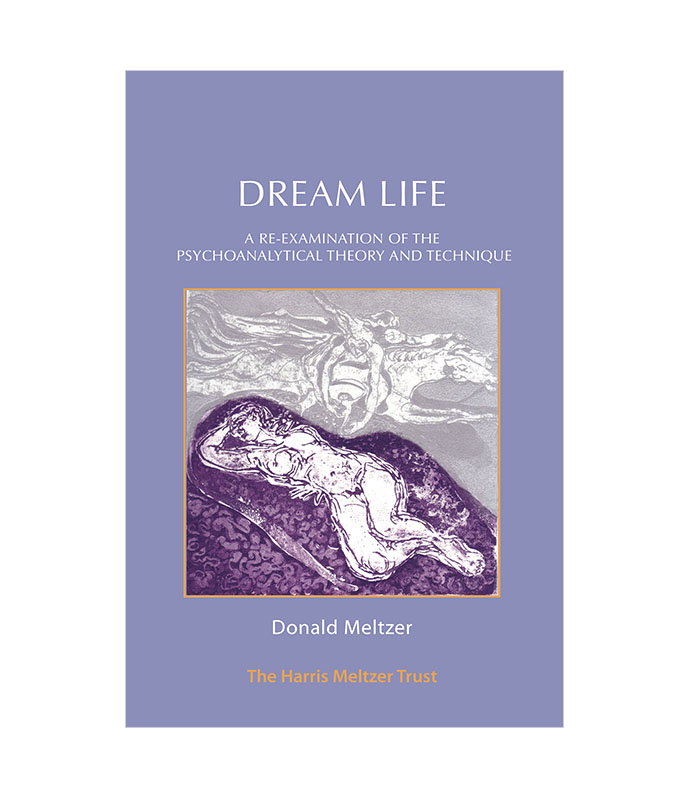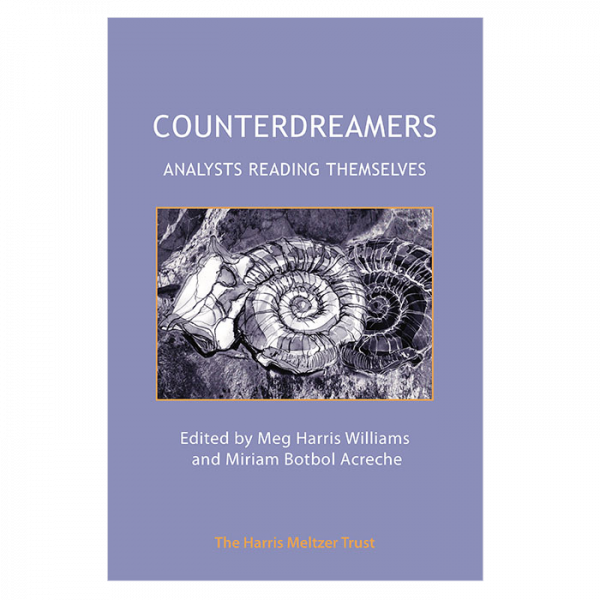‘Dreams are my landscape’, said Meltzer. In this book, he reviews the metapsychology of dream theory through Freud, Klein and Bion and re-establishes psychoanalysis as the art of reading dreams, and dream-life as the core of mental processes. Meltzer views dream life as a continuum within each personality, of which the psychoanalyst is offered a privileged sampling, just as the child analyst is presented through play with a picture of unconscious phantasy life. Meltzer places the experience of the consulting room in the context of contemporary philosophical ideas about the origins and development of language. Dreams are not just puzzles to be decoded, the effluence of past trauma or future wish-fulfilment; they are the psyche’s attempt – with a varying level of aesthetic achievement – to symbolise its present emotional conflicts in order to re-orient itself toward ‘the real world – meaning external and internal reality’.





Ellie Roberts, child and adult psychotherapist and supervisor –
‘Meltzer reviews the metapsychology of dream theory through Freud, Klein and Bion. Employing Ella Sharpe’s creative contribution of the “poetic diction” of the dream and Chomsky’s internal grammar, and ranging through the philosophy of Susanne Langer and Ernst Cassirer, he explores the nature of language and communication. With a virtuoso use of clinical material, he suggests how the collaboration between patient and analyst can take on an aesthetic quality. The book adds hitherto unexplored layers of meaning to the analytic process, and culminates with the importance of the “fugue” of vocalisation and image in the content of the dream. To borrow Meltzer’s quote: “Be amazed”.’
Raul Hartke, training analyst, Society of Porto Alegre, Brazil –
‘In this inspired book, essential for contemporary psychoanalysis, Meltzer considers “dream life” (dramas and unconscious waking thinking) as the internal theatre in which the symbolical representations and meaning of our emotions are generated and incremented. He creatively conceives dreams as “aesthetic objects”, whose external beauty perceived by the senses arouses anxiety but also a desire to know its essentially mysterious interior, which can only be conceived by imagination. Not the interpretation but the “exploration of dreams” enables thinking about the core of our intimate relations.’